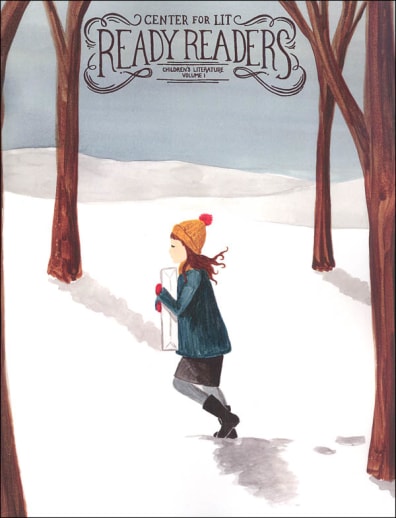The first volume in the Ready Readers series provides a discussion of ten children's picture books. Although the content is primarily useful as a tool for teaching K-3 students the basics of literary structure and style, it is also helpful for introducing older students to literary analysis at a more approachable level.
Ready Readers: Children's Literature, Volume 1
Description
Fans of Foldables will really enjoy this teaching resource series. Foldables are graphic organizers with flaps or folds that students can make to demonstrate learning. Try picturing this: general information is usually displayed on top of a flap or fold while more specific details are written or illustrated underneath. Not only are they fun to create, but they also make useful study aids.
This series helps parents and teachers integrate math concepts with Foldables. Both the Elementary and For Middle School and High School books are similarly structured. First, author Dinah Zike describes what a Foldable is and why they are useful. Then, step-by-step instructions for making various models (the half book, two-tab book, matchbook, shutter fold, pyramid fold, standing cube, accordion book, etc.) are provided. Many colorful photos of completed Foldables are helpfully included. The next section lists math activity suggestions that lend themselves to Foldables. For a more complete list of math topics covered, please see each book below. Although the activity ideas suggest a basic topic and the type of foldable to use, the actual implementation (choosing a model and content to include) is completely up to you. Until you become more comfortable with the concept of Foldables, you may find the lack of step-by-step instructions in this section to be somewhat daunting. Finally, the last section contains some reproducible graphics, such as templates and flashcards, which you can use when making Foldables. ~ Anh
| Product Format: | Binder |
|---|---|
| Grades: | K-3 |
| Brand: | Center for Literary Education |
| Author: | Missy Andrews |
| ISBN: | 9780988898912 |
| Length in Inches: | 11 |
| Width in Inches: | 8.5 |
| Height in Inches: | 0.5 |
| Weight in Pounds: | 1.25 |

